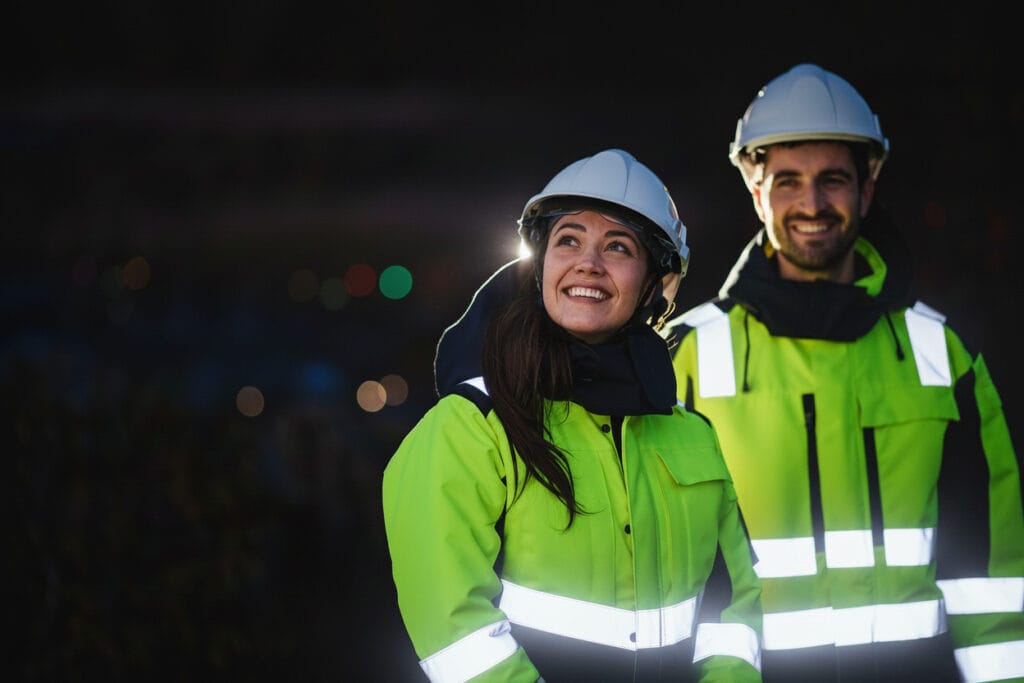
COSHH & Engineering Workers
Thousands of workers are made ill by coming into contact with hazardous substances each year. These illnesses and diseases cost companies, society, and individuals millions of pounds each year, from replacing trained workers to medicines, disability allowances, and the loss of jobs. COSHH is the Control of Substances Hazardous to Health regulation that aims to mitigate these health and financial costs.
Engineering workers are prone to several risks and hazards during their working day. These hazards can create adverse health effects that may harm breathing (such as occupational asthma, lung disease, and cancer) or the worker’s skin (dermatitis or burns). The most significant risks engineers encounter include:
- Fumes and gases from welding, cutting, and soldering
- Dust from mechanical shaping, cutting, and abrasive blasting
- Metalworking fluid treatments (which can facilitate the growth of fungi and bacteria)
- Plating fluids, lubricants, glue, degreasers, paints, and stripping fluids
- Benzene in crude oil (which can cause leukaemia)
- Electric shock
- Wet cement (which can cause chemical burns)
Control Of Substances Hazardous To Health Regulations 2002
The COSHH Regulations 2002 are designed to help employers identify and implement the proper controls to protect the health of their engineers. Many of the measures will also improve your worker’s productivity and reduce waste.
To introduce preventative measures, you should first consider how your engineers might be exposed to risks for each task they perform.
COSHH guidelines recommend considering if harmful substances pose a risk through:
- Contact with the skin
- Breathing in fumes, dust, mist, of gases
- Skin puncture
- Swallowing
- Eye contact
COSHH then suggests that you should assess possible control methods. You should ask yourself the following question in this order of priority:
- Can you eliminate the use of the harmful substance?
- Is there a safer form of the product?
- Can you change the process to emit less of the substance?
- Can you enclose the process to prevent product escape?
- Can you extract emissions at their source of use?
- Can you reduce the number of workers in harm’s way?
- Is personal protective equipment (PPE) available, including overalls, gloves, and respirators?
Questions one through six aim to remove or limit exposure. Where these measures cannot remove all risk of harm, PPE must be worn by engineers. You must provide protective workwear, training on its correct use, enforce its use, and make workers aware that they are obligated, in law, to use it.
You can find more information from HSE’s leaflet INDG136(rev5): Working with substances hazardous to health: A brief guide to COSHH.
Be Protected With The right Engineering Workwear
Engineering workwear is an essential element of protecting your workers from hazards. However, the degree of protection is directly proportional to the quality and standard of the workwear you provide.
Our workwear rental range includes high-quality engineers’ overalls, jackets, trousers, and high visibility clothing. We also supply a full range of flame retardant workwear that exceeds required standards. If your company wants to meet its obligations under COSHH regulations conveniently and cost-effectively, contact our team to discuss how our flexible workwear rental and laundry services can help you.




